Add the construction elite to your team. Contact us today.
-
Our Approach to custom building projects
-
Comprehensive Building Services: From Concept to Completion
Our comprehensive building services guide you through every step of every build process, from initial design to final construction. Let us be your trusted partner in transforming your dream property into a reality. Our three main services are as follows:
Exterior Enveloping Solutions: A Perfect Fit for Your Project
Aedifico Construction Elite offers tailored exterior solutions for all of your construction projects. Let our team of professionals handle the planning and installation of the framing, siding, roofing, masonry, or windows for your next residential, multi-family, or commercial/industrial project.Revolutionizing Multi-Family Construction: A New Era of Efficiency
Aedifico Construction Elite's revolutionary multi-unit construction system is transforming the general contracting approach. Discover how we're merging all construction and construction management services into a single, flat-fee, square-foot pricing model, streamlining the process and delivering exceptional results.Industrial and Commercial Construction: Engineered Excellence
Experience the Aedifico Construction Elite advantage, and benefit from our partnership with a global leader in steel and steel building manufacturing technologies. We offer pre-engineered, custom-designed, and red steel construction solutions for any commercial or industrial steel building project.
But we don't stop there...
At Aedifico Contruction Elite our expertise in heavy construction means that we deliver more. We offer a full range of services in the heavy construction industry, all performed to the same standard of excellence you will find with our primary options. In addition to the main categories listed above, typically, our customers also ask for the following services:
New Home Construction: Your Dream Home, Realized
Whether you're envisioning a modern masterpiece or a cozy family retreat, our experienced team is dedicated to turning your dream home into a reality. With meticulous attention to detail and a commitment to quality craftsmanship, we'll guide you through the entire construction process, from initial planning to final touches.Home Additions and Major Renovations: Expanding Your Living Space
Need to add another room to your home? Our team of experts can guide you through the entire process, from initial planning to final completion. We specialize in home additions and major renovations, helping you create the perfect living space for your needs.Land and Lot Clearing: Paving the Way for Your Projects
Clear the path for your construction projects with our efficient land and lot clearing services. We specialize in preparing sites for development, ensuring a smooth start to your project.Foundation Excavations: Building a Strong Foundation
A solid foundation is the cornerstone of any successful construction project. Our expertise in foundation excavations ensures a stable and reliable base for your building.Demolition Services: Clearing the Way for New Opportunities
From dismantling old structures to creating space for new developments, our demolition services are conducted with precision and safety as our top priorities.
Get in touch
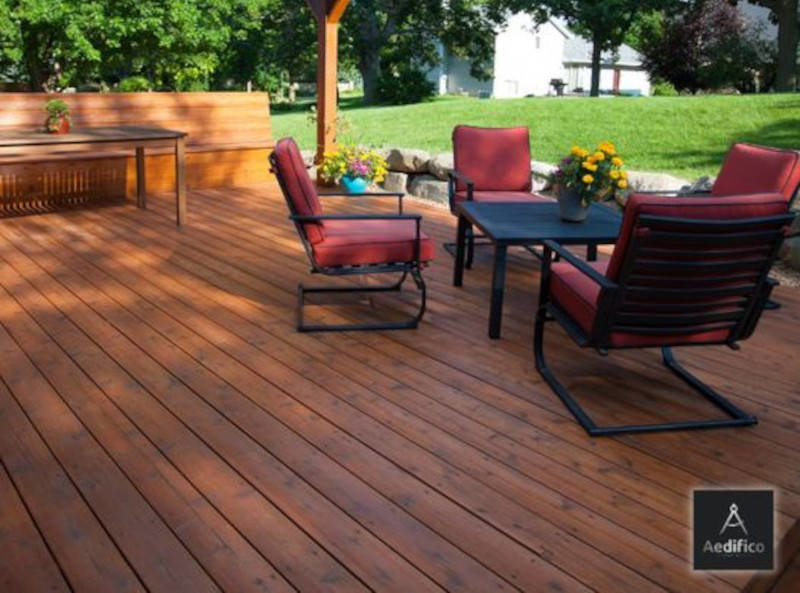
The aim of art is to represent not the outward appearance of things, but their inward significance.
Exterior Enveloping
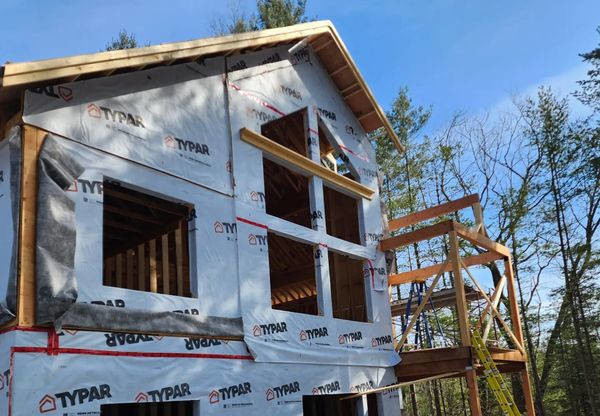
Adding a Douglas Fir Roof, pic one

Adding a Dougls Fir Roof, pic two
About Exterior Enveloping
More than just four walls and a roof
Exterior enveloping is a fundamental aspect of architectural design, focusing on how a building's outer shell interacts with the environment. This "envelope" encompasses walls, roofs, windows, and doors, playing a crucial role in regulating indoor climate, ensuring energy efficiency, and enhancing aesthetic appeal. A well-designed exterior envelope can minimize heat loss in winter and reduce heat gain in summer, leading to substantial energy savings and increased comfort for occupants. It acts as the primary defense against weather conditions, such as rain, snow, and wind, while also contributing to the building's long-term durability.
The materials and techniques used in creating an effective exterior envelope vary significantly based on the building's purpose, location, and climate. Traditional materials like brick, stone, and wood remain popular for their durability and aesthetic appeal. However, modern advancements have introduced high-performance materials such as insulated panels and reflective coatings.
Innovative construction techniques, like rainscreen systems, play a crucial role in managing moisture and enhancing air circulation, further improving the envelope's performance. Integrating renewable energy solutions, such as photovoltaic panels or green roofs, can transform the exterior envelope into an active participant in energy generation and sustainability.
Beyond its functional role, the exterior envelope significantly influences a building's visual identity and connection to its surroundings. Architectural styles can be expressed through the careful selection of materials, colors, and patterns, allowing buildings to harmonize with their cultural context. Thoughtful design can enhance the relationship between indoor and outdoor spaces, fostering a sense of harmony with nature. As urban environments evolve, the concept of exterior enveloping increasingly incorporates biophilic design principles, promoting not only environmental responsibility but also occupant well-being. In essence, the exterior envelope is not merely a protective barrier; it is a dynamic element that shapes both the performance and perception of a building.
Get in touch
Multi-family Construction
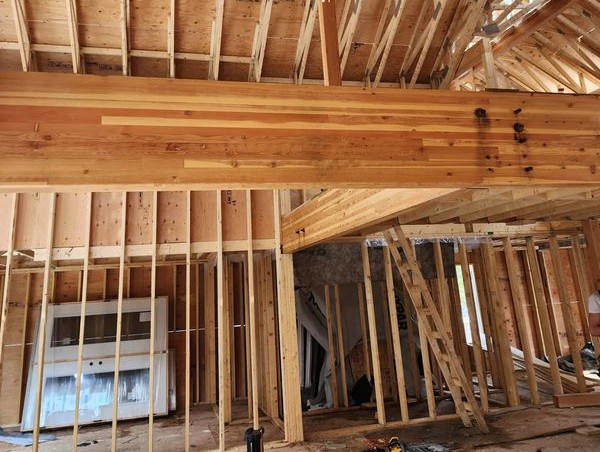
A multi-family home, pic one
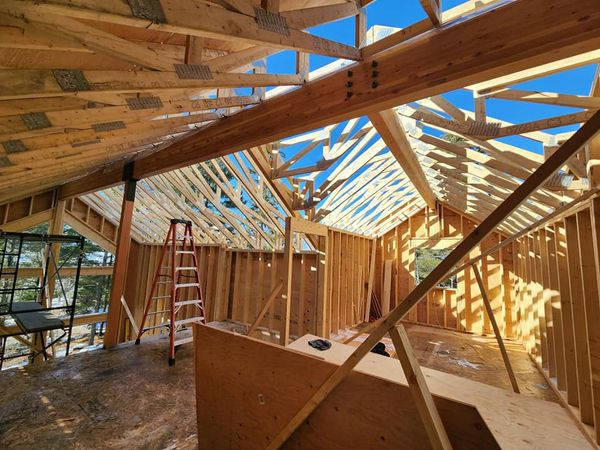
A multi-family home, pic two
About Multi-family Construction
What we do? The Aedifico Advantage
Multi-family home construction is a critical component of addressing housing needs in urban and suburban areas. By offering efficient land and resource utilization, multi-family housing fosters community living and accommodates multiple families within a single structure or development. This approach increases housing density, which is particularly important in regions facing housing shortages. Additionally, multi-family homes often include shared amenities, such as parks, gyms, and communal areas, enhancing the quality of life for residents.
The design and construction of multi-family homes requires careful consideration of various factors, including zoning regulations, building codes, and the specific needs of the community. Architects and developers must balance aesthetic appeal with functionality, ensuring that units are both livable and efficient. Advances in building materials and construction techniques, such as modular construction and sustainable practices, have significantly transformed the landscape of multi-family housing. These innovations can lead to faster build times, reduced waste, and lower energy consumption, ultimately resulting in more affordable housing options for residents.
The success of multi-family home construction is deeply intertwined with the social dynamics it fosters within neighborhoods. By encouraging diverse populations to live in close proximity, these developments can promote social interaction and a sense of community. Properly planned multi-family housing can also enhance local economies by increasing demand for nearby businesses and services. However, it's crucial for developers to engage with community members and stakeholders throughout the planning process to address concerns and ensure that new developments integrate seamlessly with existing neighborhoods. By prioritizing both quality construction and community engagement, multi-family homes can be a valuable solution to contemporary housing challenges.
Get in touch
Industrial Construction
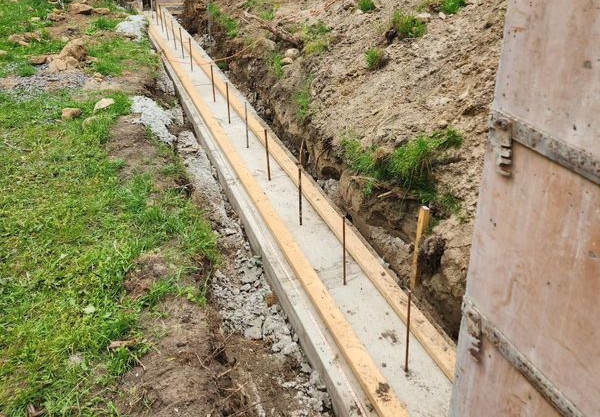
Industrial Construction, pic one
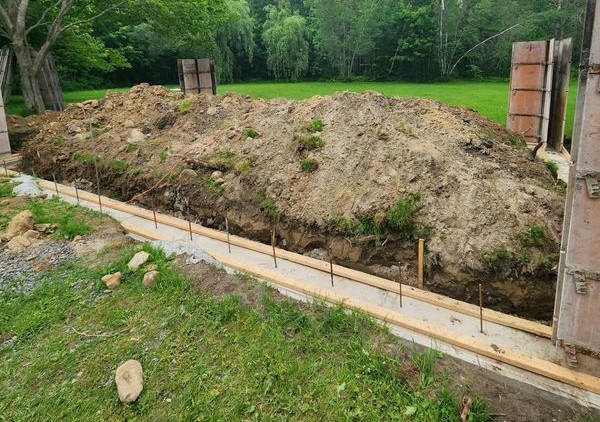
Industrial Construction, pic two
About Industrial Construction
A building for all seasons
Commercial and industrial construction encompasses a wide range of projects designed to serve businesses, manufacturing facilities, and distribution centers. This sector plays a vital role in economic development, providing the infrastructure necessary for various industries to operate efficiently. Commercial construction typically includes office buildings, retail spaces, restaurants, and hotels, while industrial construction focuses on factories, warehouses, and logistics facilities. Each type of project requires tailored approaches to meet specific functional, regulatory, and aesthetic requirements, reflecting the diverse needs of businesses across different sectors.
One of the key aspects of commercial and industrial construction is the need for meticulous planning and project management. These large-scale operations require collaboration among architects, engineers, contractors, and various stakeholders. Factors such as site selection, zoning regulations, and building codes must be carefully addressed to ensure compliance and functionality. Given the significant investment involved in these projects, staying on schedule and within budget is crucial. Effective project management practices, including risk assessment and contingency planning, play a vital role in navigating the complexities of commercial and industrial construction, helping to mitigate delays and cost overruns.
Sustainability and innovation are driving the future of commercial and industrial construction. As businesses seek to reduce their environmental impact, there's a growing emphasis on incorporating green building practices, energy-efficient systems, and sustainable materials. Many new commercial buildings are designed to achieve LEED certification or similar sustainability standards, enhancing their marketability and reducing long-term operational costs. Advancements in construction technology, such as modular building techniques and smart building systems, are revolutionizing how these projects are executed. These innovations enable greater efficiency, adaptability, and sustainability.
The evolution of commercial and industrial construction reflects the dynamic needs of the economy and society, prioritizing both functionality and sustainability. By embracing these trends, businesses can create sustainable, efficient, and innovative spaces that contribute to a more sustainable future.
Get in touch

